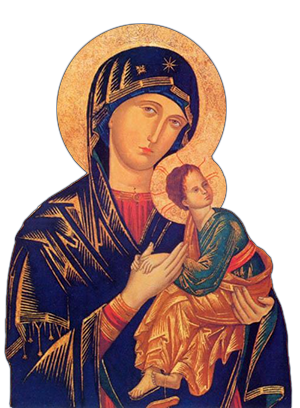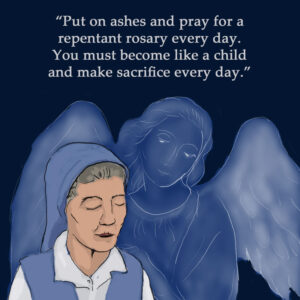Ask Father Maurice: “the tables on which was the bread of the Presence”
In the Old Testament, there is a line which says “the tables on which was the bread of the Presence.” Is this about bread given to honor God’s presence?
Diane
Dear Diane, thank you very much for this question. The first time the “Bread of the Presence” is mentioned is in Exodus 25:30, where we read: “On the table, before me, you must place the bread of continual offering.”
Exodus 35:13 also lists the Bread of Presence as a contribution to the Tabernacle. In the third book of the Bible, that is, Leviticus, we get a description of this Bread of the Presence, in terms of how it ought to be made. We read: “You are to take wheaten flour and with it bake twelve cobs, each of two-tenths of an ephah. Then you must set them in two rows of six on the pure table that stands before the Lord. On each row you shall place pure incense. This will be the food offered as a memorial, a burnt offering for the Lord. The sons of Israel are to provide them by unending covenant. They will belong to Aaron and his sons, who shall eat them in a holy place, for they are a most holy portion for him of the Lord’s burnt offerings. This is a perpetual law” (Leviticus 24:5-9).
What should we keep in mind in reading these texts about the Bread of Presence? The event of the exodus. You will remember that because of the briskness of the event, Israel was instructed to bake unleavened bread, that is, bread without yeast. There was no time to allow for the flour to rise. They had to get out of Egypt in the middle of the night. But God, as caring as always, wanted to ensure that they had something to eat. Hence, the Bread of the Presence that was placed on a designated table in the Sanctuary was a reminder of the liberation of Israel in the event of the Exodus.
Now, this bread was only meant to be eaten by the priests, that is, the sons of Aaron and their descendants. But at one point in David’s life as he ran from Saul who was bent on killing him, David was hungry and went to Ahimelech the priest and asked him for food. The only food Ahimelech had was the Bread of the Presence, meant only for the priests to eat. Nevertheless, he gave it to David to eat. This was unlawful, since David was not a priest. But that was the only bread available (1 Samuel 21:1-6).
Later on, Jesus will refer to this event as a proof that the law was designed to serve human beings, and not vice versa – as he put it, the Sabbath was made for man and not man for the sabbath, and that he Jesus is Lord of the Sabbath (Matthew 12:1-8; Luke 6:3-5). For us Catholics, the Bread of Presence has become the Eucharist, the Bread of Life, in which Christ gives himself to us all as food. So the Bread of Presence is no longer restricted to the priests, but has been made available to all who come to Christ, the Bread of Life, in the light of the teachings of our Catholic tradition – “I am the Bread of Life” – Jesus declares in John 6:35, “whoever comes to me will never be hungry.”
Let’s pray that we will prepare ourselves worthily to receive the Lord who comes to us in the form of bread. God has made himself so vulnerable that he comes to us as bread! Isn’t that the greatest miracle? And how many times do we allow the Lord to enter empty hearts, hearts far from the Lord? Before the Lord in the Eucharist, we must cry out: Forgive your people. Lord Have Mercy!
– Father Maurice



